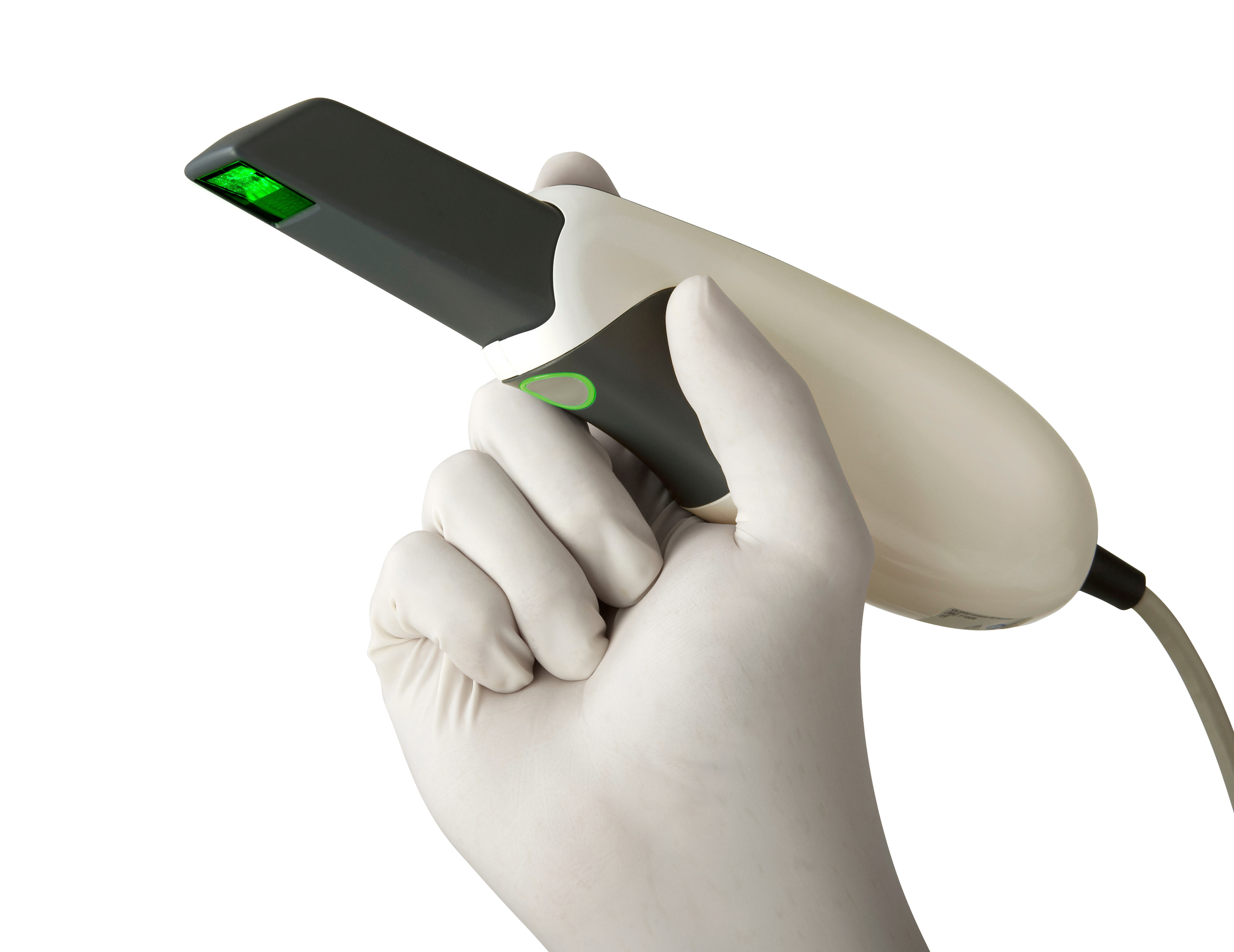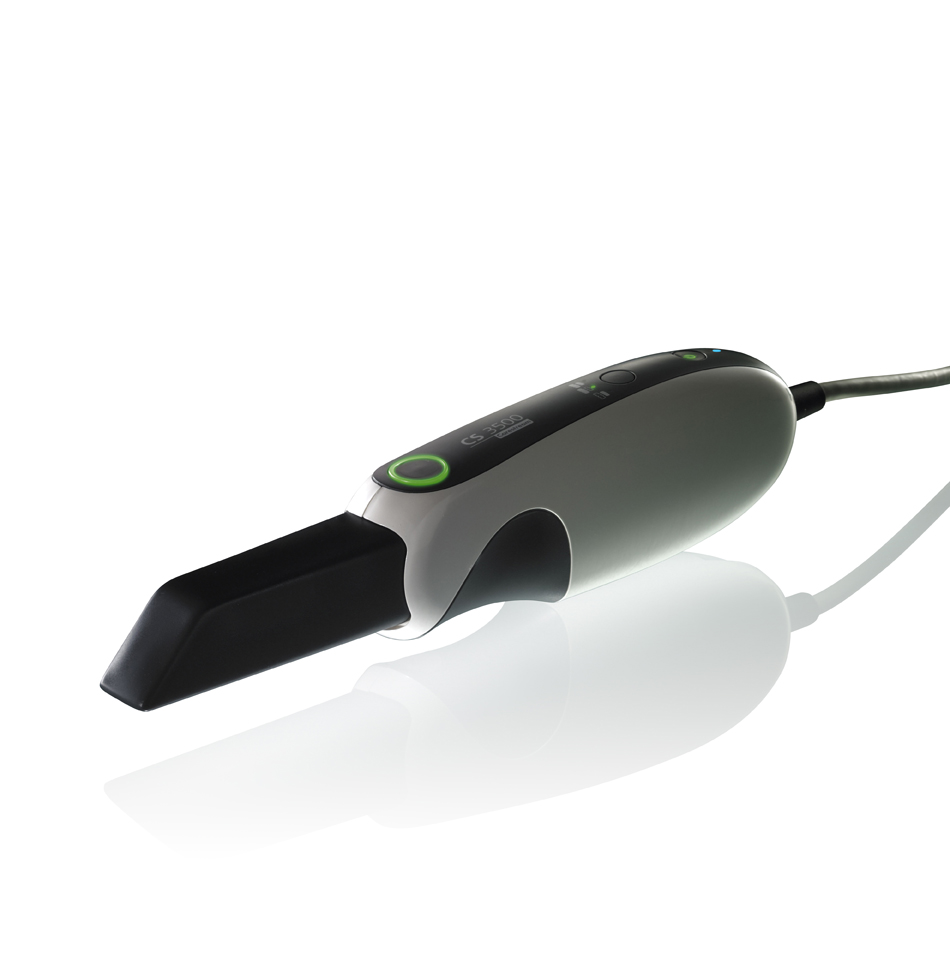Cube X2 Zirconia next to an IPS Emax
Cube X2 is our newest zirconia on offer at the lab, its a high translucent zirconia for both PFZ (porcelain fused to zirconia) layered crown and bridgework and FC (full contour) monolithic crown and bridgework. Each Cube X2 restoration is made from the highest quality zirconia that features increased translucency for improved esthetics and and stregth when compared to IPS Emax. Designed and milled using state of the art CAD/CAM technology, Cube X2 crowns and bridges are incredibly strong and chip-proof in their construction. Available in all of the 16 Vita shades, Cube X2's glazed surface provides an amazing low abrasion behavior, smooth, biocompatible, and plaque resistant. Cube X2 is the new generation, high performance alternative to a PFM and gold crowns.
Indications
Cube X2 can be milled as a highly translucent zirconia framework for individual layered crowns with our premium Noritake porcelain. Available as single crowns throughout the arch or as multi-unit bridgework up to a full roundhouse, Cube X2 is are our recommended restoration for highly esthetic all-ceramic crowns for both conventional and implant applications.
Screw-Retained Cube X2
- A one-piece alternative to cemented implant restorations. This restoration combines the abutment and crown into one solid restoration.
Benefits for Your Patient
- Greater translucency for improved esthetics
- Chip-resistant, as it is made of full zirconia with no overlay porcelain
- Glazed to a smooth surface to reduce plaque accumulation
Cementation
- Resin reinforced glass ionomer cement (RelyX Luting Cement, 3M ESPE; GCFuji Plus, GC America)
- Resin cements for short or over-tapered preparations (RelyX Unicem, 3M ESPE; Panavia F2.0, Kuraray)
Cube X2 restorations are fabricated from solid zirconia oxide material, which has a strong affinity for phosphate groups. We can take advantage of this fact with phosphate-containing primers such as Monobond Plus (Ivoclar Vivadent) and Z-Prime™ Plus (Bisco), or with cements such as Ceramir® Crown & Bridge (Doxa Dental) to increase our bond strengths to zirconia oxide. Unfortunately, saliva also contains phosphates in the form of phospholipids. When a Cube X2 crown or bridge is tried in the patient’s mouth and comes in contact with saliva, the phosphate groups in the saliva bind to the zirconia oxide and cannot be rinsed out with water. Attempting to use phosphoric acid (which is full of phosphate groups) to “clean out” the saliva only makes the problem worse.
The only way to successfully remove these phosphate groups from the interior of a Cube X2 restoration is with the use of Ivoclean (Ivoclar Vivadent). This zirconia oxide solution is placed inside the restoration for 20 seconds and then rinsed out. Due to the large concentration of free zirconia oxide in the Ivoclean, it acts as a sponge and binds to the phosphate groups that were previously bonded to the restoration. Once the Ivoclean is rinsed out, you will have a fresh bonding surface for the Monobond Plus, Z-Prime Plus or Ceramir to bond to.
Preparation Guidelines
Cube X2 requires a gentle, minimally invasive preparation with less loss of tooth structure. Shoulder preparation not required, feather edge is okay. It is a conservative preparation similar to full-cast gold so any preparation with at least 0.5 mm of occlusal space is accepted; however, 1.0 mm is ideal.



